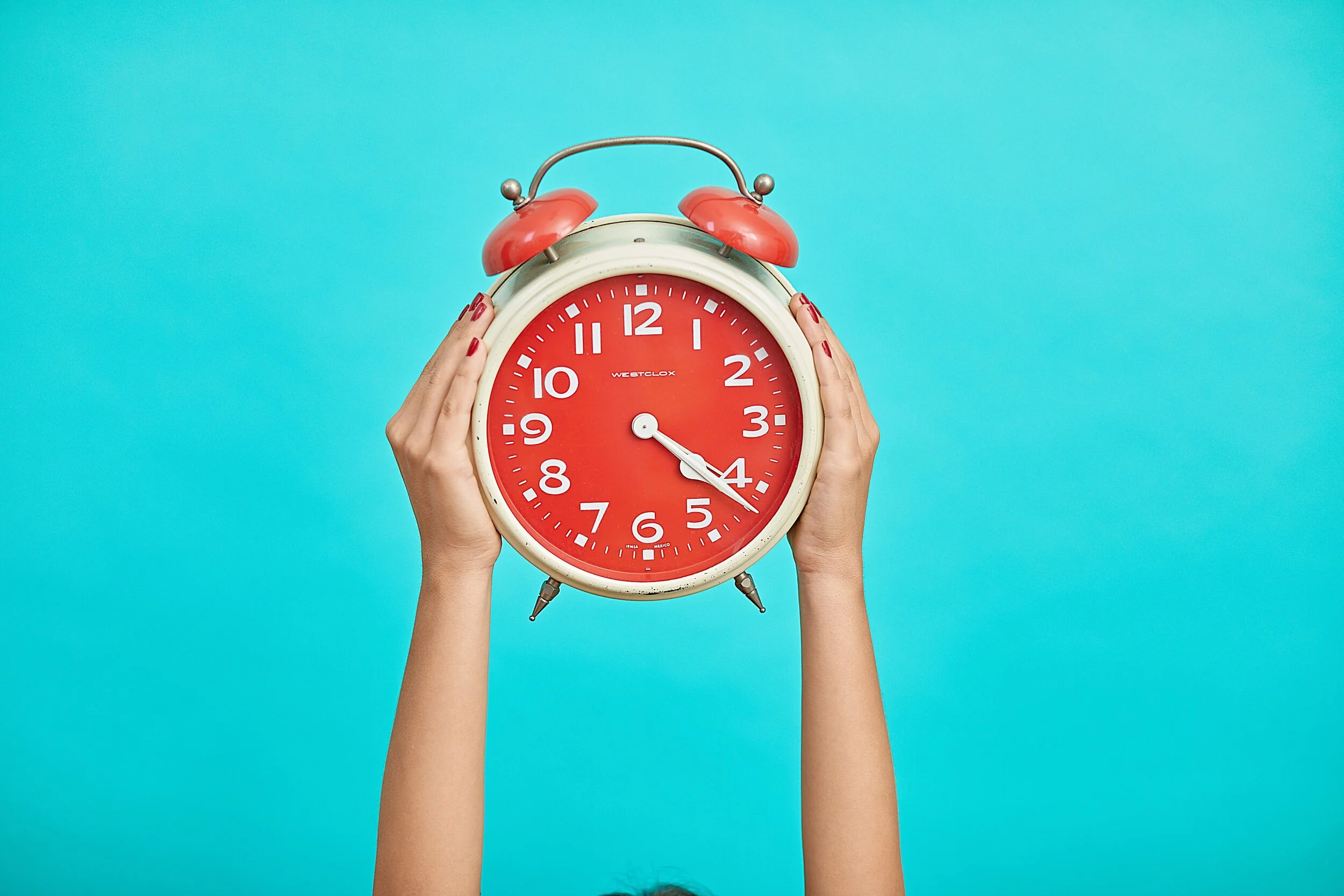Rethinking your balancing act
Image: Chris Montgomery
As Thanksgiving approaches, one of the things that I find myself feeling most grateful for is the resilience and work-life balance that I have created for myself. For the last decade in my business, I have prioritized evolving/advancing my work in the world while making plenty of room for the rest of my life, too.
It wasn’t always this way, and it didn’t happen without intentionality and effort (and boundaries!). At one pivotal point in my career, I made a choice to explore what was most important for the next chapter and I discovered freedom and balance among my deepest values. They had always been there, of course, underlying my career and life choices and pushing against the edges of the more restrictive environments where I was spending time. I just decided to pay better attention.
In committing to more actively center my own values, I granted myself freedom to develop and evolve my work, routines, schedules and lifestyle so that, over time, it all started feeling more aligned. More like me. Building that better fit and putting it into action was a process, of course, and it continues to evolve every year. Especially this one.
For decades, we’ve wasted time arguing over whether work-life balance is achievable, and I’m grateful that the conversation is finally shifting.
To me, this conversation has become a collective limiting belief. As in, if we believe it, all of us will be limited by that thinking. It’s hard to achieve what we believe cannot exist. Maybe you’ve tried that. I certainly have. In the end, the thinking needs to shift. We need to believe first and design accordingly.
The pandemic ushered in such unexpected and rapid change that we have had to do a collective re-think. (And, at least in my coaching practice, this is a part of what is driving more people to reevaluate their work roles, businesses, careers and many other facets of life, too.)
Where we previously fell down in exploring the many possibilities for our lives was that many of us have been stuck on a single fixed definition of what work-life balance even looks like. When I ask clients what they mean by this, it’s usually a definition picked up from someone else — a set of expectations that doesn’t actually match their individual lives.
Often, it sounds like this: a perfectly measured equation in which they are spending equal amounts of energy, time and effort in two delineated places: work and home. Or worse, a life chopped into officially designated segments with time divided equally across them. Family time, check. Professional development, check. Spirituality, check. I’m not sure how this definition became the ideal. Of course it’s impossible. It has nothing to do with living a truly balanced life, or designing for sustainable success across all that we do and dream to do.
Adjusting to pandemic life has given us new perspectives. We have had to reinvent our realities.
It has been, like many creative endeavors, messy and challenging. It has been, like most times of transition, full of experiments and adjustments. It’s brought new questions and new priorities to the conversation.
As a coach, I’ve advocated for this more practical and evidence-based concept of balance: expending the appropriate time, energy and effort on the key personal and professional priorities that are present in this season of our life. We — and those we share our lives with — are the ones who decide what’s appropriate and what that level of alignment and thriving looks like. (We already know: our bodies, minds, spirit and environments leave us clues every day.) Balance — and life itself — will never be static. It was always about integration and alignment with more of what matters most to us.
What if our definition of balance and sustainable success is fluid and adaptable to what our life is asking of us now? What if it’s coming from inside of us instead from external measures? What if we hold the idea that it doesn’t need to be so hard?
For me, every now and then I check in and notice that I am feeling off-balance in an area that I have decided is important. And I course-correct. Balance restored. It really can be that simple, although the implementation may require asking good questions, making sometimes tough choices and taking action.
If this is what you want, you can have that. It is attainable. It is healthy. I know plenty of people who have it and many more who are committed to letting go of the hustle and building more of what they want. Getting there is up to us. We get to define what balance means in our lives, what truly matters (and what doesn’t), how our allocations should change as our circumstances and lives change, and how committed we are to living in this more self-directed way. And design our life and work accordingly over time.
Isn’t that a healthier and more realistic goal? It sure feels a lot more achievable. It feels like thriving, not striving or struggling.
Will there be changes that need to happen externally, in our communities, workplaces, families and environments? Of course. And we all have the power to contribute to that change, but it starts at home. With us.
As we give thanks, let’s give a bit of gratitude for finding our own sane, achievable and sustainable definition of balance within our work environments, our families and our communities. We can and we must normalize a more sustainable success.
If you'd like a plan to feel more balanced in your life, check out my new book, Nourish: 28 Daily Dares for Busy People Craving Sustainable Self-Care to help you identify and integrate impactful self-care strategies that work for your busy life. The more sustainable we are in ourselves, the easier everything else becomes.











